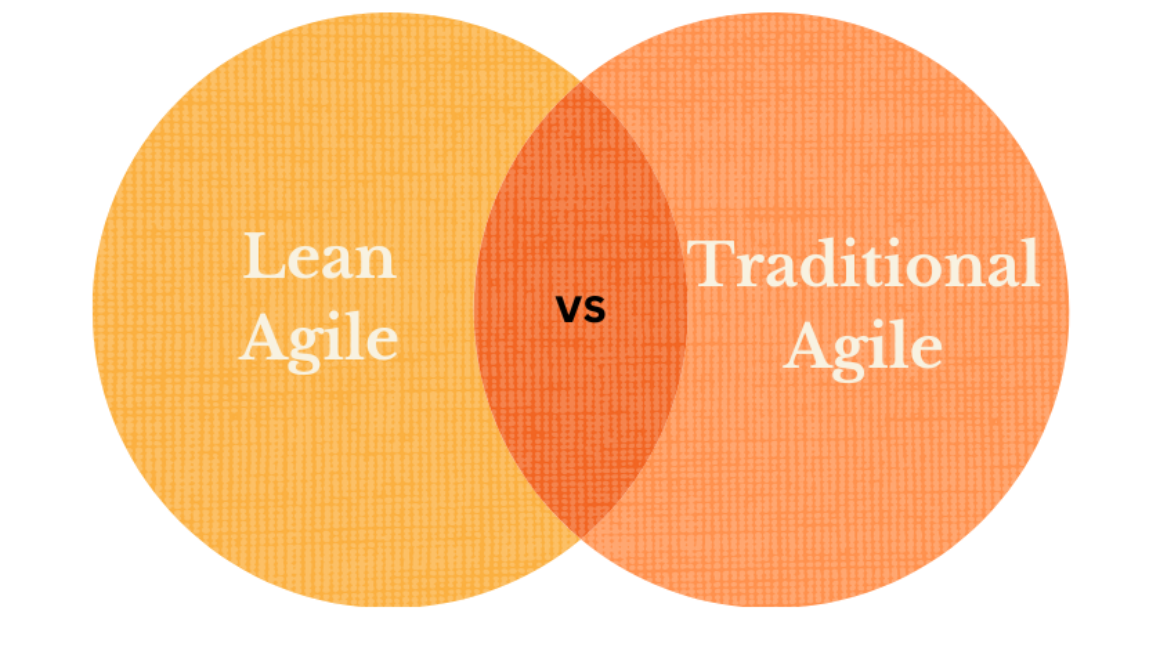Agile Leadership: Fundamental Principles and the Lean vs. Traditional Differences
Agile leadership is essential to modern business practices, emphasizing adaptability, collaboration, and customer-centricity. In this introduction, we will explore the fundamental principles of agile leadership and compare them to the lean and traditional approaches to leadership. Agile leadership involves embracing change, empowering teams, and delivering customer value through iterative processes. This approach contrasts traditional leadership, which tends to be hierarchical and focused on detailed planning and control. Similarly, lean leadership shares some commonalities with agile leadership, particularly its emphasis on continuous improvement and respect for people. However, it differs in its origins and application. Enrolling in an agile leadership course equips professionals with practical insights and strategies to implement these leadership principles effectively. Earning a agile leadership certification credential empowers leaders with the knowledge and skills to effectively lead in today’s complex and fast-paced business environment. By delving into these fundamental principles and understanding the differences between lean, agile, and traditional leadership, we can gain insights into how organizations can effectively navigate the complexities of the modern business landscape.
What is Agile Leadership?
 Agile leadership is a management approach that emphasizes adaptability, collaboration, and continuous improvement. It involves leading in a fast-paced, rapidly changing environment by empowering teams, embracing change, and fostering open communication. Agile leaders prioritize flexibility, customer value, and innovation, aiming to respond quickly to market shifts and customer needs. They encourage self-organizing teams, promote transparency, and facilitate an environment where continuous learning and experimentation are valued. Agile leadership also involves removing obstacles and providing support to help teams deliver high-quality results efficiently. Ultimately, Agile leadership is characterized by focusing on people, relationships, and the ability to navigate complexity and uncertainty with resilience. Pursuing a certified agile leadership program equips leaders with the tools and frameworks necessary to thrive in today’s dynamic business landscape. By embracing agility at all levels of the organization, leaders can effectively steer their teams and organizations toward achieving sustainable success in dynamic and competitive landscapes.
Agile leadership is a management approach that emphasizes adaptability, collaboration, and continuous improvement. It involves leading in a fast-paced, rapidly changing environment by empowering teams, embracing change, and fostering open communication. Agile leaders prioritize flexibility, customer value, and innovation, aiming to respond quickly to market shifts and customer needs. They encourage self-organizing teams, promote transparency, and facilitate an environment where continuous learning and experimentation are valued. Agile leadership also involves removing obstacles and providing support to help teams deliver high-quality results efficiently. Ultimately, Agile leadership is characterized by focusing on people, relationships, and the ability to navigate complexity and uncertainty with resilience. Pursuing a certified agile leadership program equips leaders with the tools and frameworks necessary to thrive in today’s dynamic business landscape. By embracing agility at all levels of the organization, leaders can effectively steer their teams and organizations toward achieving sustainable success in dynamic and competitive landscapes.
Fundamental Principles of Agile Leadership
The fundamental principles of Leadership involve
- fostering collaboration among team members,
- embracing change and uncertainty,
- promoting a culture of continuous improvement and
- empowering individuals to make decisions.
Agile leaders prioritize individuals and interactions over processes and tools, responding to change over following a plan, customer collaboration over contract negotiation, and working products over comprehensive documentation. They value open communication, feedback, and transparency and strive to create an environment where team members feel motivated, supported, and trusted. Agile leaders also emphasize the importance of self-organization, allowing teams to determine the best way to accomplish their goals. They focus on delivering value to customers through early and continuous delivery of valuable software. Moreover, Agile leaders encourage a culture of experimentation and learning from successes and failures. Understanding the principles of agile leadership enables leaders to foster innovation, adaptability, and continuous improvement in their organizations. By embracing these fundamental principles, Agile leaders can effectively navigate the complexities of today’s business environment and guide their teams to success.
Differences Between Lean and Traditional Agile
 Despite sharing similar goals, lean and traditional Agile leadership have some key differences in their approaches. Lean agile leadership emphasizes maximizing value and minimizing waste through the elimination of non-value-added activities. It prioritizes long-term thinking, continuous improvement, and respect for people. On the other hand, traditional Agile focuses on adaptability and flexibility in response to change. It emphasizes collaboration, self-organization, and iterative development.
Despite sharing similar goals, lean and traditional Agile leadership have some key differences in their approaches. Lean agile leadership emphasizes maximizing value and minimizing waste through the elimination of non-value-added activities. It prioritizes long-term thinking, continuous improvement, and respect for people. On the other hand, traditional Agile focuses on adaptability and flexibility in response to change. It emphasizes collaboration, self-organization, and iterative development.
Lean leadership often takes a more holistic view of the organization, while traditional Agile leadership focuses on individual teams and their interactions. Both approaches value customer-centricity and aim to empower teams, but they employ different strategies to achieve these objectives. Understanding these differences can help leaders choose the most suitable approach for their specific organizational context. The leadership style of an Agile leader incorporates the best practices from these approaches to create a versatile and effective management strategy.
Popular Tags : Agile leadership principles, Lean Agile Leadership, What is Agile leadership, Certified agile leadership, Principles of agile leadership, Agile leadership course.
Transform your leadership skills with Coach2Reach India and earn your Certified Agile Leadership credential – Enroll Now!

